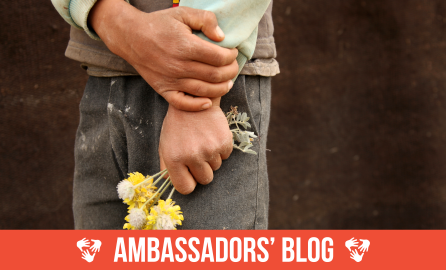The International Labour Organization (ILO) defines child labour as work that deprives children of their childhood, their future potential and their dignity, as well as work that is harming young people’s physical and mental development. The circumstances in which the work of children is considered child labour are defined by national legislations and international standards, including the ILO Declaration on Fundamental Principles and Rights at Work (1998), and the ILO Conventions No. 138 and 182. According to the latter, the worst forms of child labour include work which in its nature or working conditions is harmful to the health, safety or morals of children. This includes all forms of slavery or similar practices, such as trafficking for the purposes of sexual exploitation or engagement in illicit activities.
Scholarly literature highlights the deeply embedded nature of child labour in some societies, an issue emerging from a complex intersection of economic deprivation, inadequate legal protections, political instability, and cultural norms. This multidimensional problem is reinforced by both structural and cyclical vulnerabilities, manifesting at local, national, and transnational levels. Some of the more prominent underlying causes include:
-
chronic poverty, which forces families to depend on their children's labour to survive;
-
the absence of civil registration, such as birth certificates, that leaves children vulnerable to exploitation;
-
systemic failures in education systems that make schooling inaccessible or ineffective;
-
exploitative employer practices that favour children, due to their lower wage demands and perceived adaptability for specific tasks like mining or textile work; and
-
low parental awareness regarding the long-term harm of child labour.
In addition, conflict and natural disasters intensify household vulnerability, often pushing children into premature economic activity.
The all-encompassing impact of child labour
The consequences of child labour are both immediate and far-reaching, with several effects on individuals, communities, and national development. Children who are engaged in work that pushes them beyond their physical means, working long hours and often in critical working environments, are exposed to significant health issues throughout their lives. These risks range from immediate injuries to lifelong disabilities or increased susceptibility to transmissible diseases such as HIV/AIDS. Lack of educational skills is another critical consequence: working children often either drop out of school or never enrol, resulting in lower educational attainment and diminished opportunities for upward socio-economic mobility in adulthood.
From a macroeconomic perspective, when children are employed to do the same work for less pay, adult unemployment rates rise, especially amongst younger, lower-skilled workers, causing the average wage to decrease. This hampers the ability of adults to earn enough to support their families and in turn, creates a steady supply of child labourers. The absence of proactive labour policies and programmes to address these issues means the adult population’s skills and capacities remain under-developed and this weakens economies.
Looking ahead
Given these implications, urgent and sustained action is required to address child labour, in line with international commitments such as Sustainable Development Goal (SDG) 8.7, and that calls for the elimination of all forms of child labour.
Effective intervention demands a multidimensional and cross-sectoral strategy that:
-
goes beyond immediate rescue and rehabilitation;
-
must address the structural roots of the problem, including poverty alleviation, education reform, improved legal enforcement, and the creation of decent work opportunities for adults; and that
- includes long-term political will and international cooperation to ensure policy coherence and sustainable progress.
Concluding thoughts
Isolated and disjointed initiatives tackling child labour have so far proven to be ineffective. What is needed is a truly sustained and systemic transformation of interventions that prioritise children, their rights and their well-being in the broader societal and economic context. Due to the all-encompassing impact child labour has on societies and economies, efforts to eradicate it and the practices that perpetuate it, need to be coordinated and combined.
The rightful place of children in many societies globally must be restored: the price of failure is too high.








Log in with your EU Login account to post or comment on the platform.